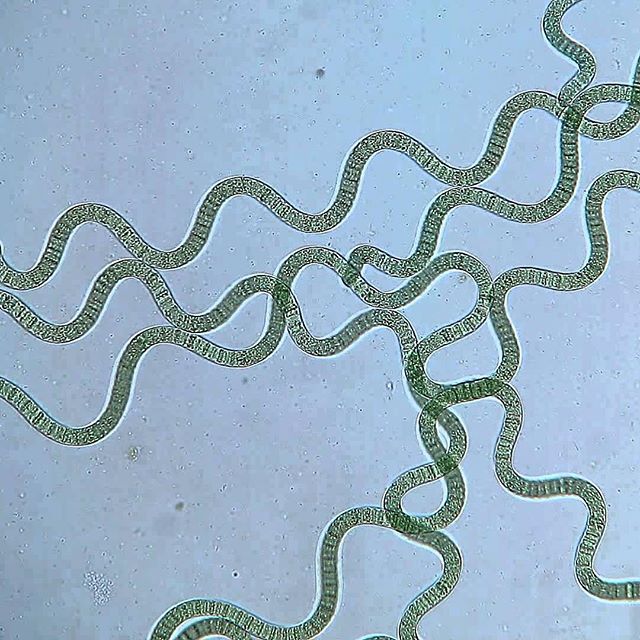In the quest to mitigate the buildup of greenhouse gases in Earth’s atmosphere, researchers and policymakers have increasingly turned their attention to techniques for capturing greenhouse gases such as carbon dioxide, either from the locations where they are emitted or directly from the atmosphere. 
A new report from the National Academies of Sciences, Engineering, and Medicine makes the case for coordinated research and development programs that can accelerate the development of technologies that can turn greenhouse into useful products such as fuels, construction materials, and food. The cultivation of blue-green algae like Spirulina is prominently featured in the report to capture and bind CO2 from the atmosphere.
The authors describe the wide range of valuable products that can be made from algae, such as plant-based protein, polyunsaturated fatty acids and pigments.
“Protein productivity from algae has been estimated at up to 50 times that of soybeans per acre of land.”
While reducing greenhouse gas emissions in a way that limits increases in global temperature will require a range of approaches, previous studies have shown that Spirulina shows great potential in binding CO2 from the atmosphere. We will continue our path to create a sustainable production of this healthy food source.

